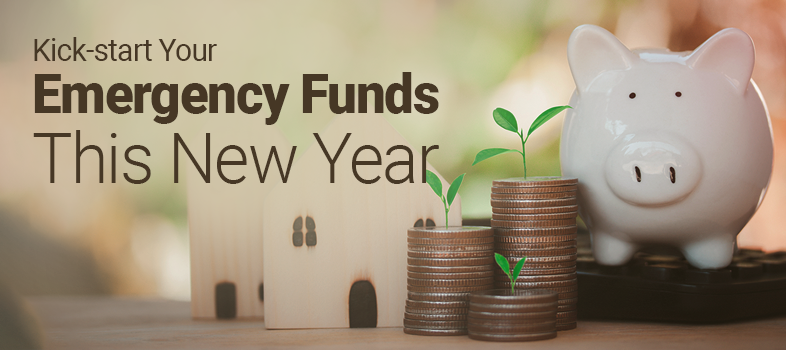December, the final and most awaited month of 2021, is here. Everyone is in a festive spirit, but we’re also reminiscing about the experiences we made earlier this year. A lot has happened, and we’ve all changed in different ways. After all, why not? After all, it is the lessons that shape us, and they shape us for the better.
Do you know what can make it a beautiful finale to this year? Instead of making a list of resolutions that we know we won’t keep, let’s develop healthy financial habits and follow through this time. Do you want to know how to do it? Continue reading to learn how to start the new year in 2022 on a financially sound footing.
- Let’s take one day at a time
Putting money aside for a month’s worth of living costs may appear to be an impossible endeavor. But getting started is more essential than meeting your savings target right away. To do so, choose a figure that you believe you can achieve in the near future. For example, some people may set a monthly target of Rs.5000 or Rs.10000—as little as Rs.150 to Rs.300 per day.
- Cut down on the unnecessary
An efficient way to save more would be to start carpooling or taking public transportation, bringing your lunch to work, or cancelling your gym membership or TV subscription. You might want to focus on one specific issue you can eliminate rather than trying to modify your behavior and force yourself to do what you’re not habitual of.
- Take it easy & make it simple
Setting up automatic transfers from your checking to your savings account is a simple method to save more consistently. If your employer offers direct deposit, you may be able to set away a portion of your paycheck each pay period to go directly to your emergency savings account.
- Deal with your debt
Saving money may be the last thing on your mind if you’re trying to pay off debt. Also, if you have high-interest debt, such as credit cards, it may make sense to pay down amounts first. You can work on both goals at the same time if your rates and balances are lower and more manageable. Consider allocating money to debt and savings on a monthly basis.
- Resist the temptation
You must have emergency finances on hand when you need them. That means not storing them in accounts where you have to pay a fee to access your funds—or in an account where you’ll be tempted to use them for day-to-day costs. Consider opening a second FDIC-insured savings or money market account that pays interest.
- Evaluate your goals timely
Once you’ve met your first savings goal, don’t quit. Increase your savings goals gradually until you have enough money set aside to meet your costs for three to six months—a substantial cushion against unforeseen expenses.
Building an emergency fund is important but keeping it up to date is even more important. Having an emergency fund is like having a backup plan that will keep you from having to delve into your savings on rainy days. As a result, evaluating the emergency fund on a frequent basis is essential.

